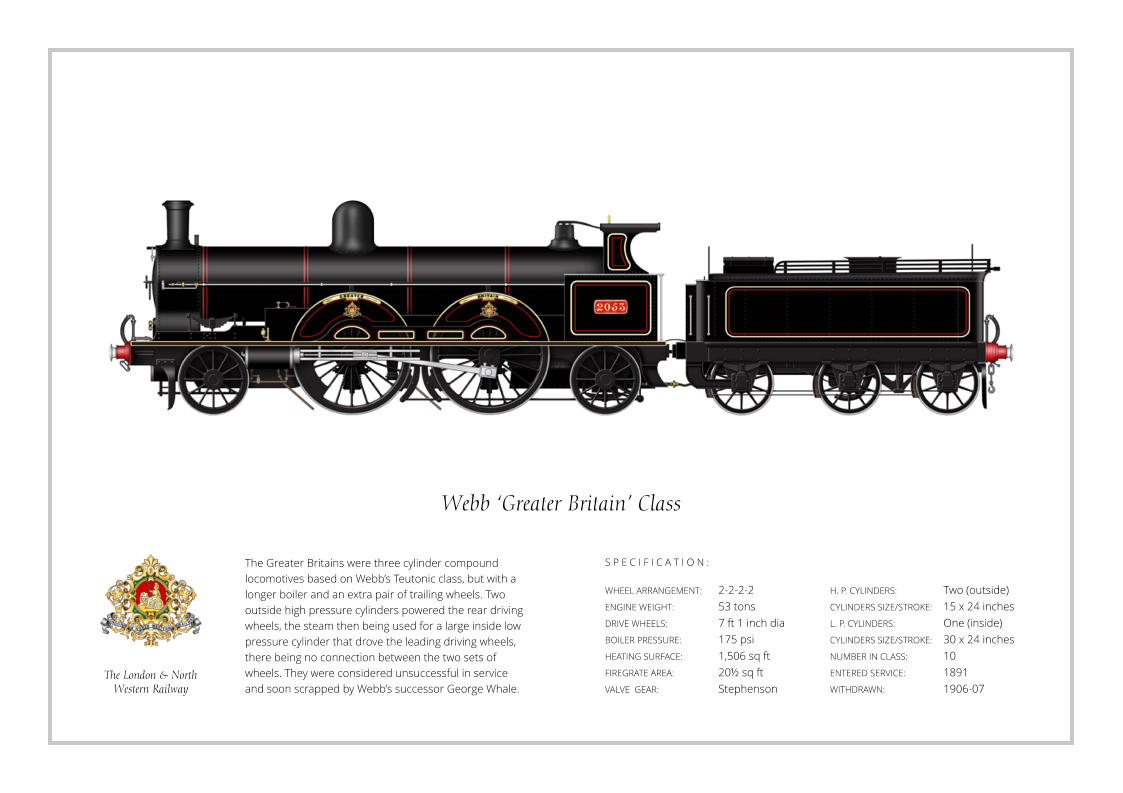
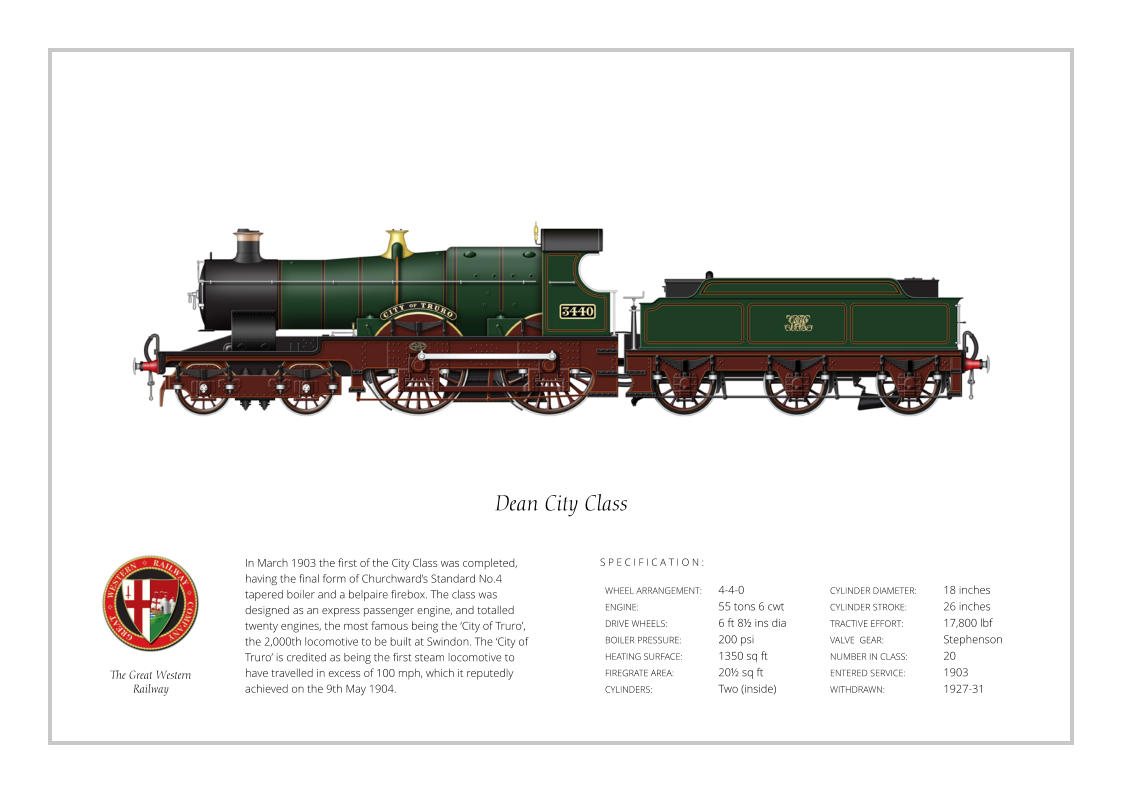

The X2 class were designed by William Adams as an
express passenger engine for the London-Bournemouth
route. The design was an enlarged version of the 460
class with 7 ft 1 inch driving wheels, with the first order
for ten engines (X2) being placed in 1890, with a further
ten being placed the following year (F3), both batches
however being designated the X2 class. They began to
enter service in June 1890 and proved very successful
and survived into southern Railway days.
WHEEL ARRANGEMENT:
4-4-0
ENGINE/TENDER WEIGHT:
80¾ tons
DRIVE WHEELS:
7 ft 1 ins dia
BOILER PRESSURE:
175 psi
HEATING SURFACE:
1,368 sq ft
FIREGRATE AREA:
19½ sq ft
CYLINDERS:
Two (inside)
CYLINDER DIAMETER:
19 inches
CYLINDER STROKE:
26 inches
TRACTIVE EFFORT:
22,150 lbf
VALVE GEAR:
Stephenson
NUMBER IN CLASS:
20
ENTERED SERVICE:
1890
WITHDRAWN BY:
1942
S P E C I F I C A T I O N :
Adams X2 Class
The London & South
Western Railway
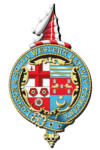

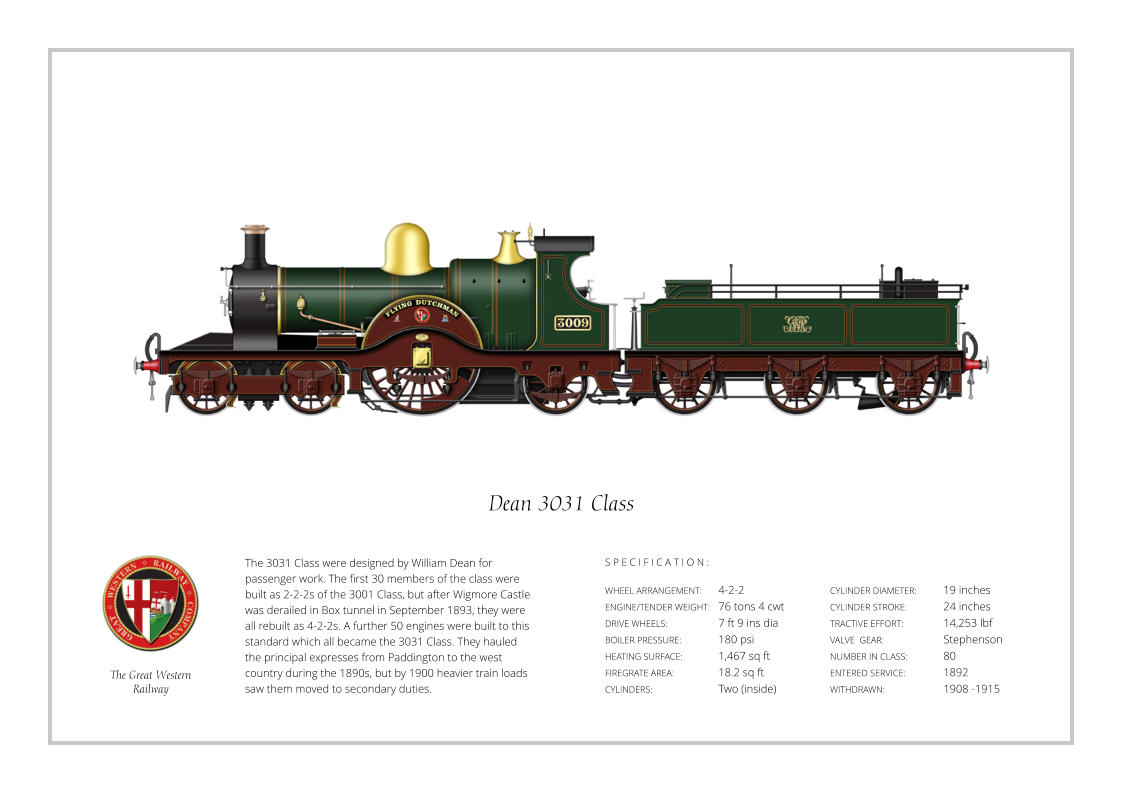
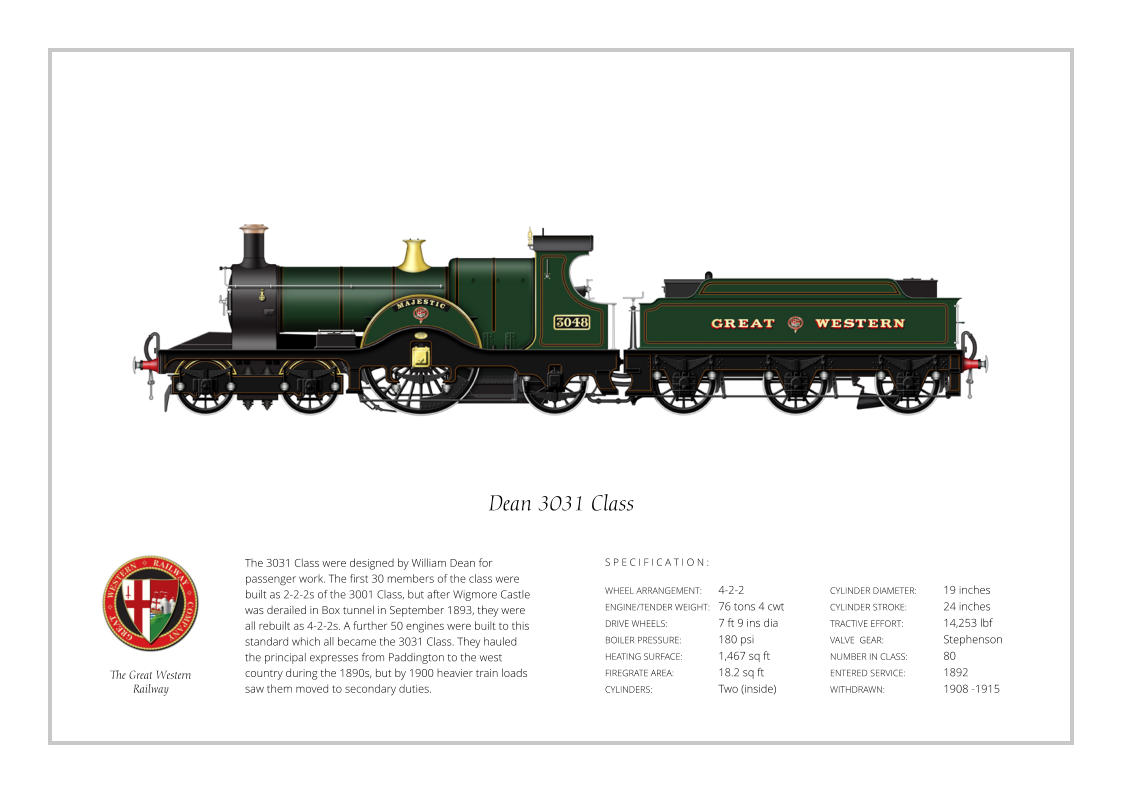
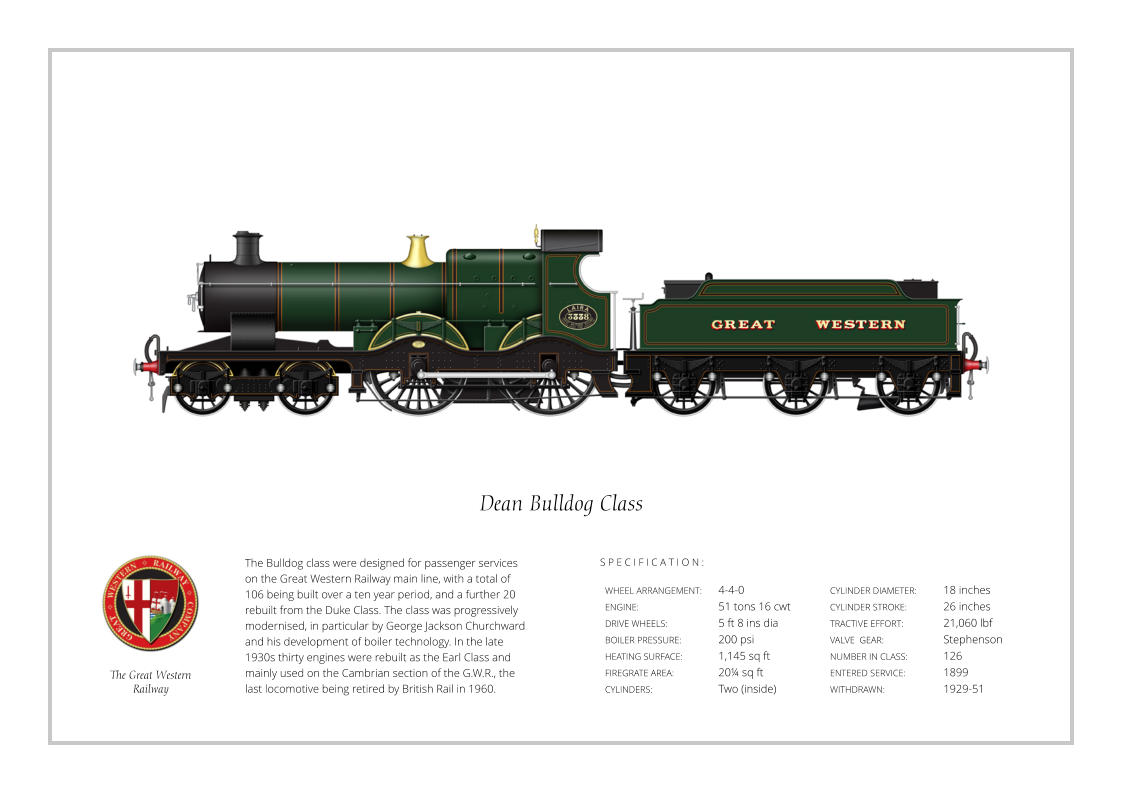
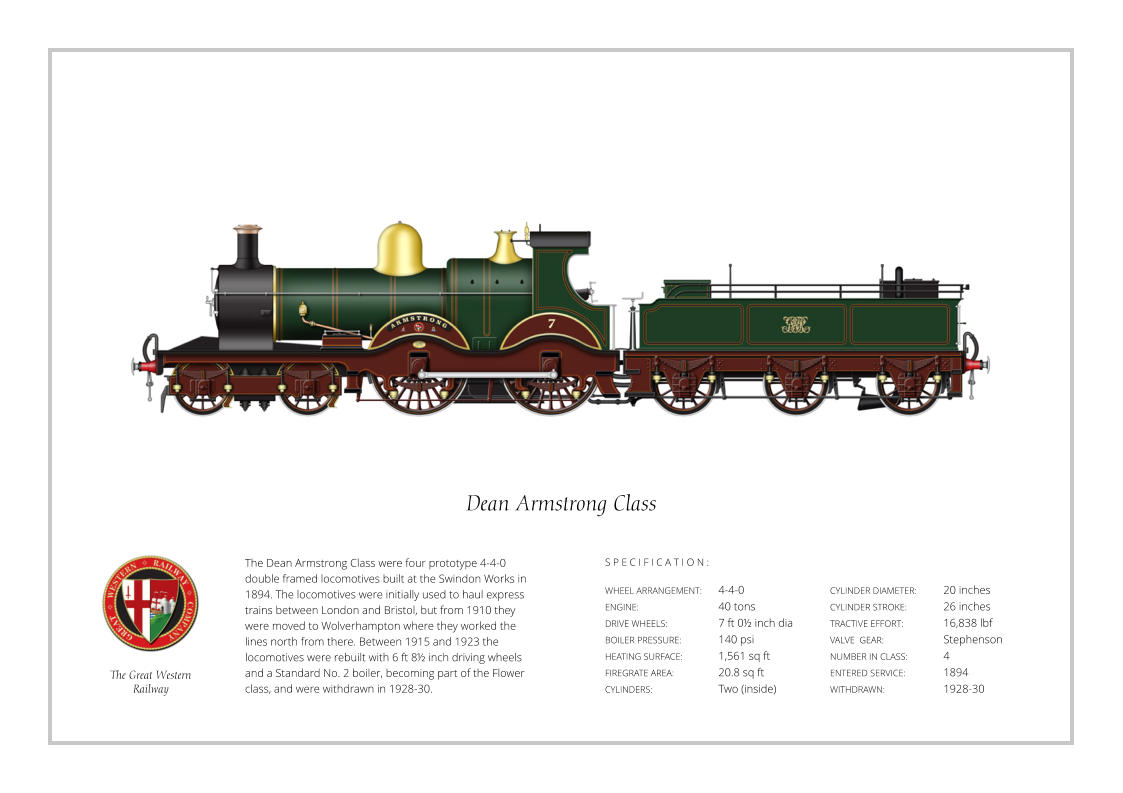
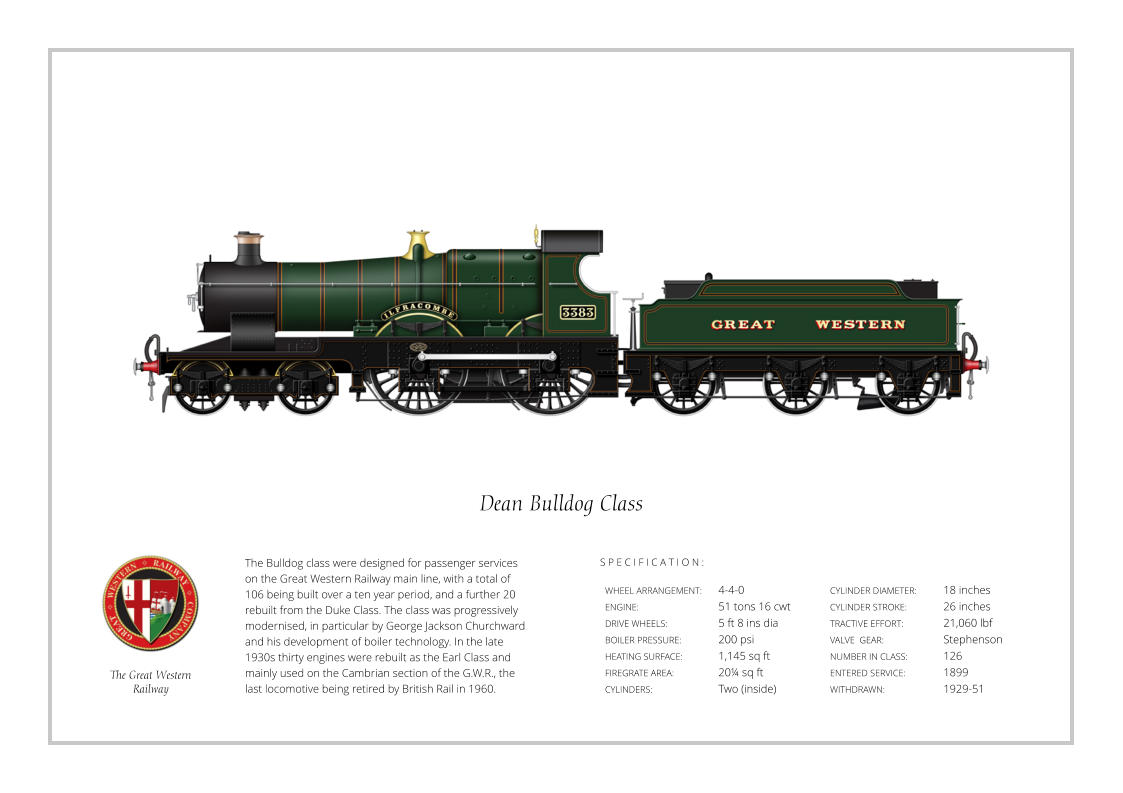
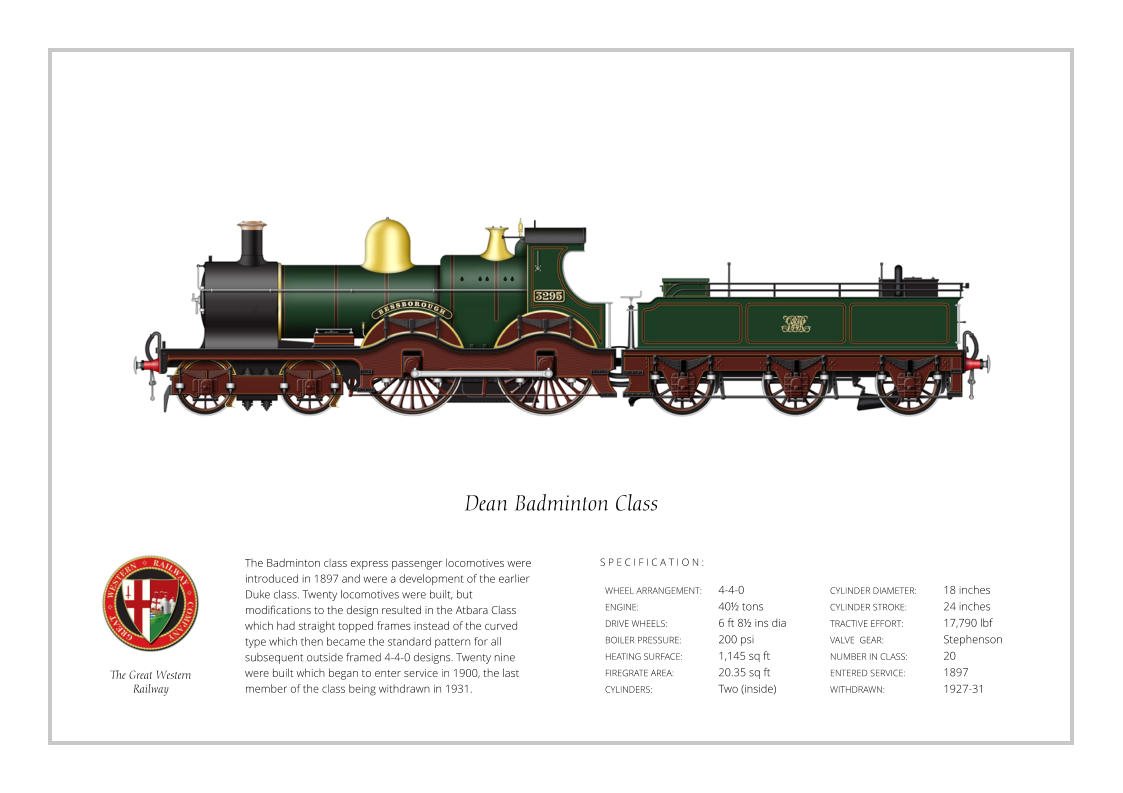
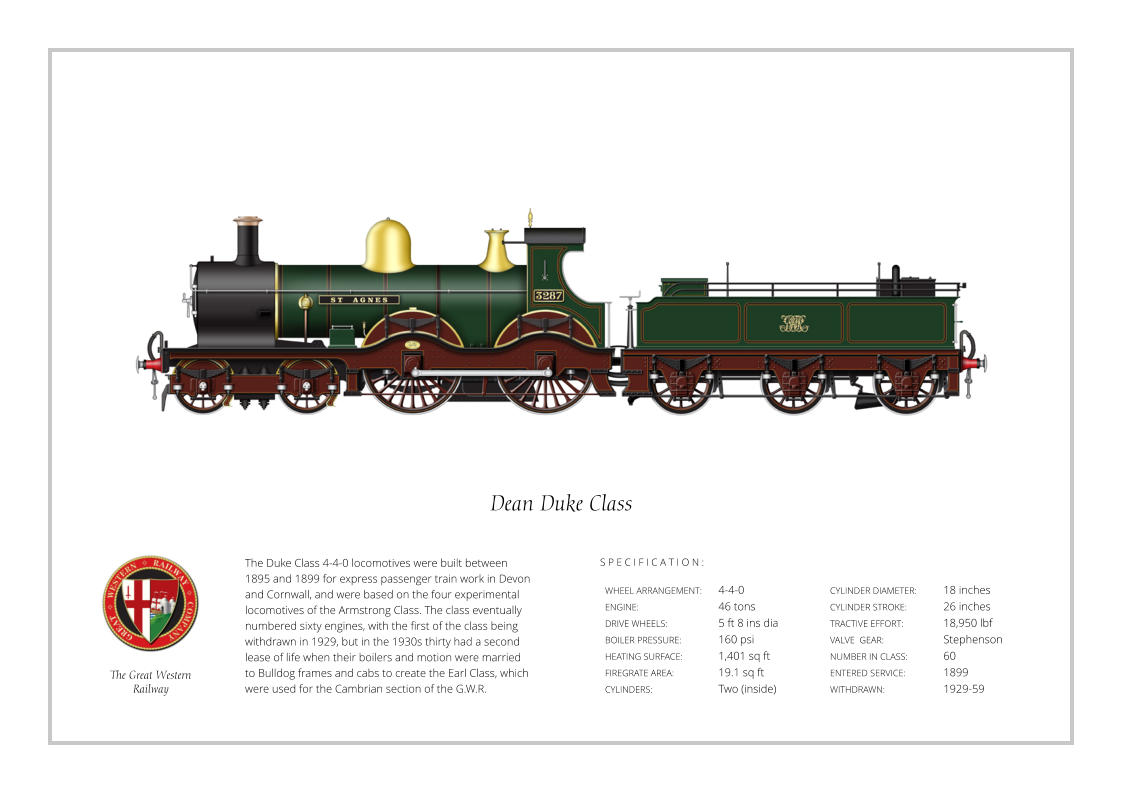
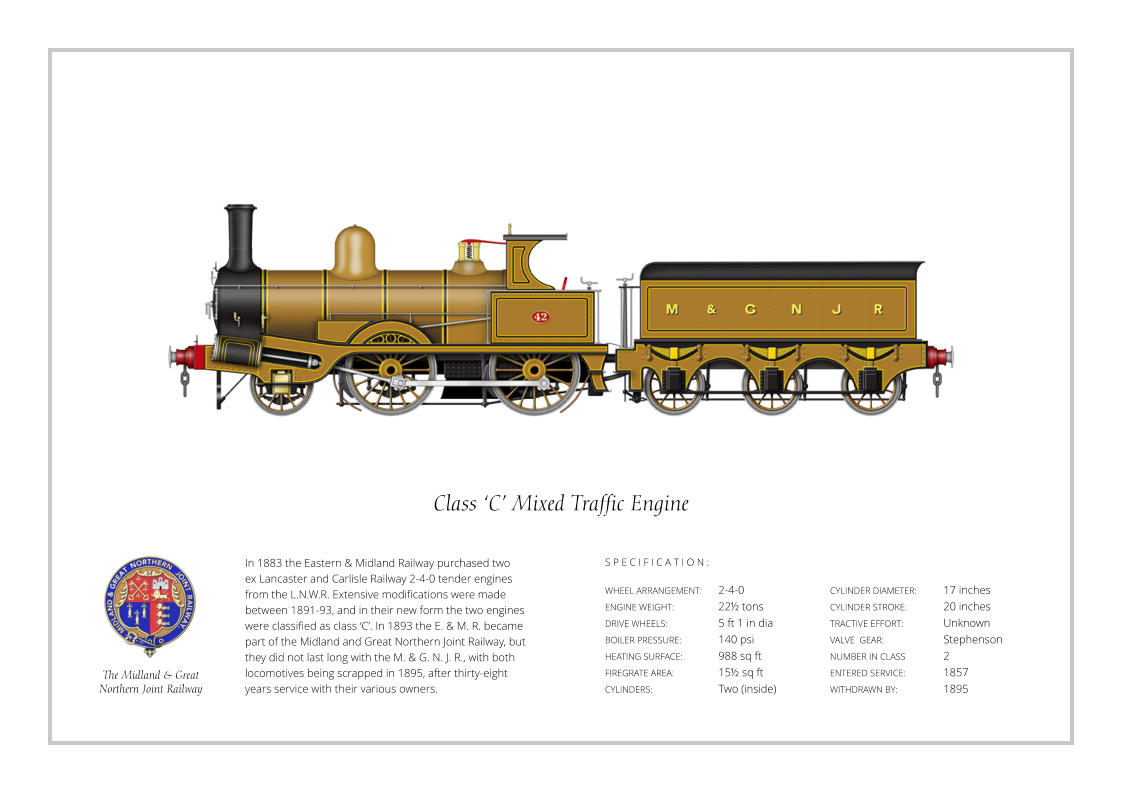
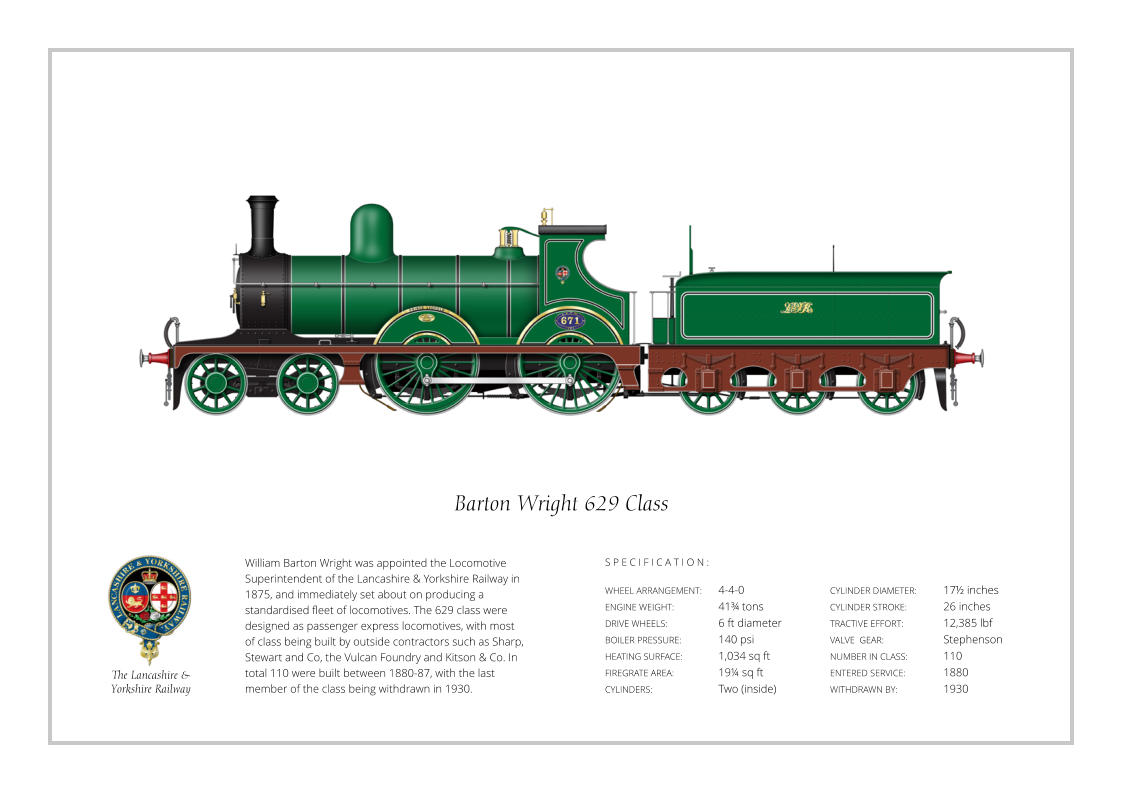
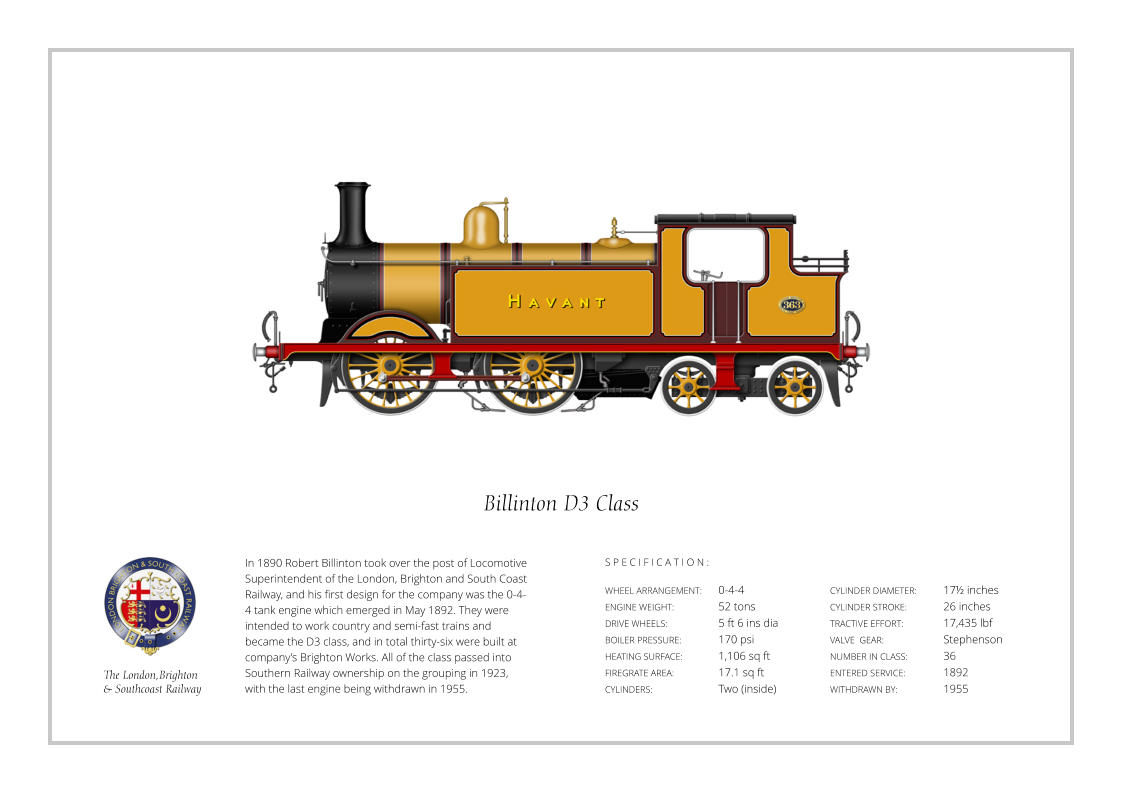
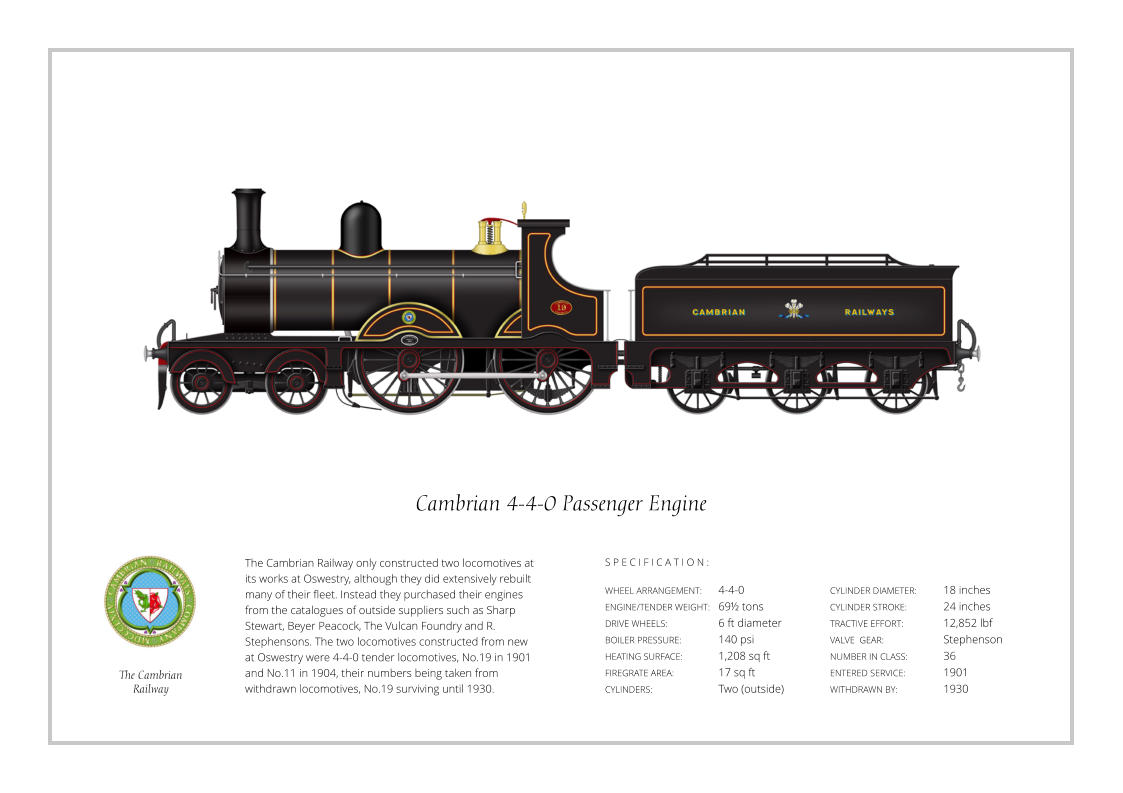
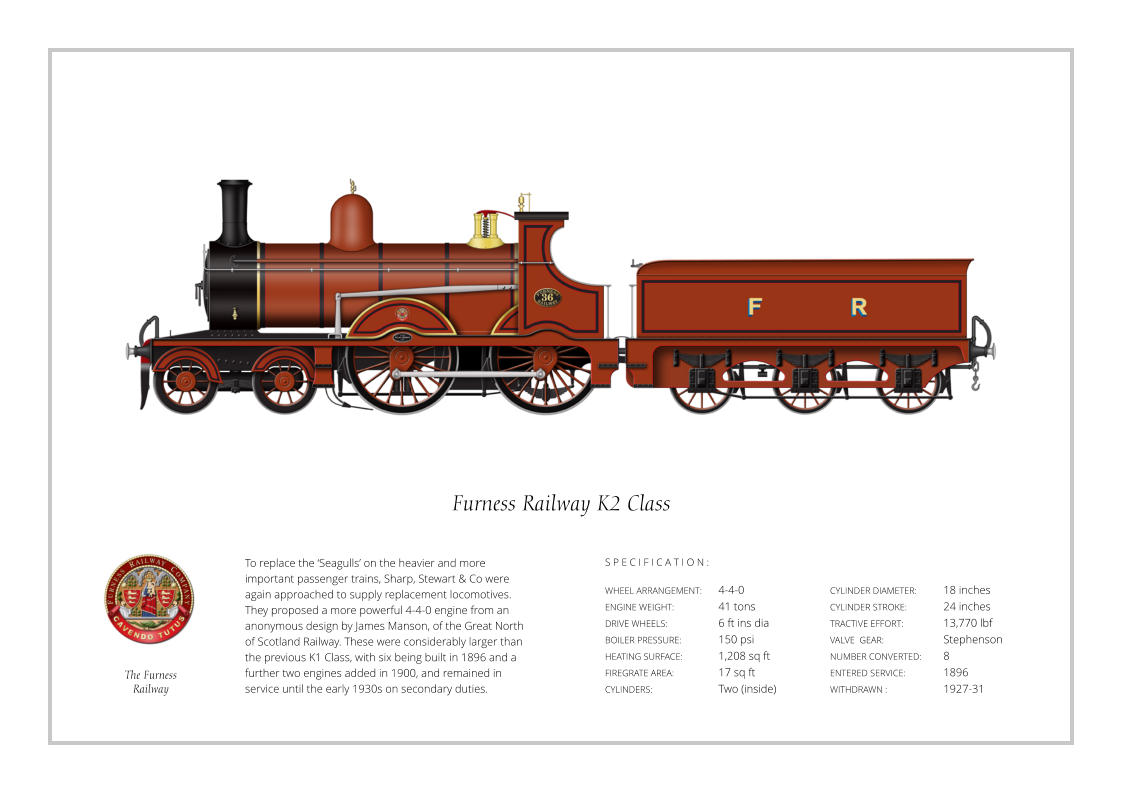
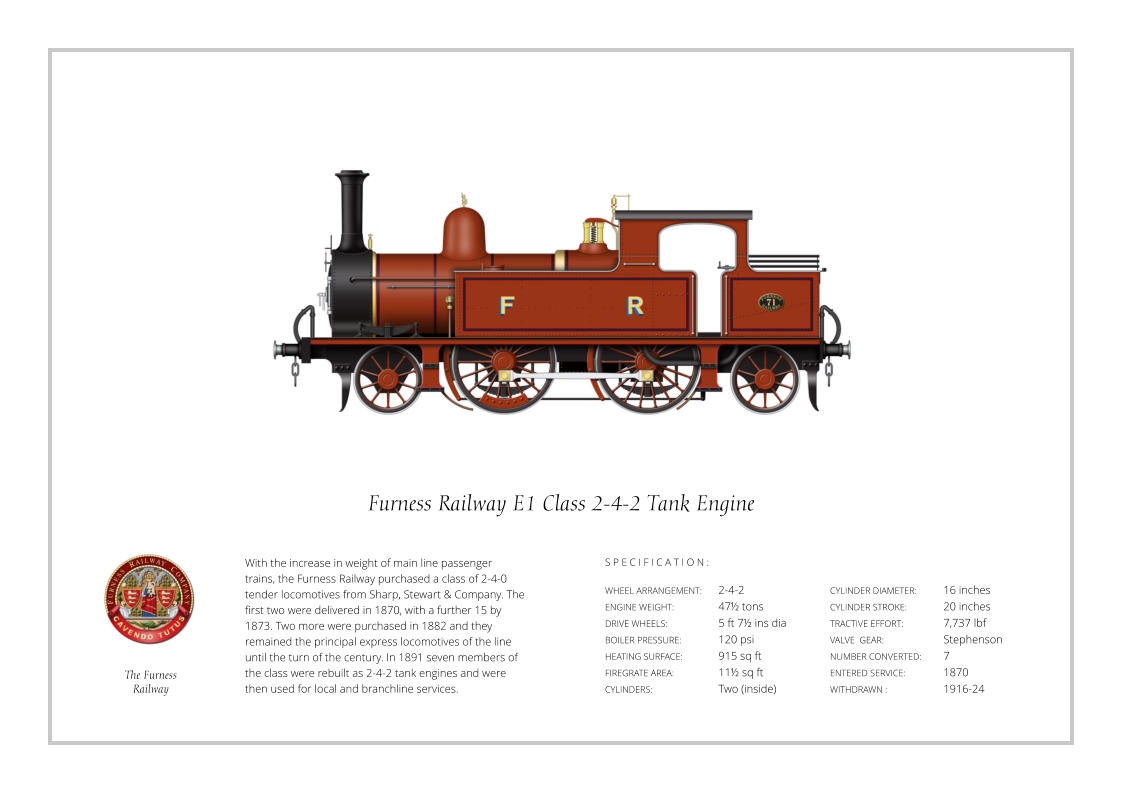
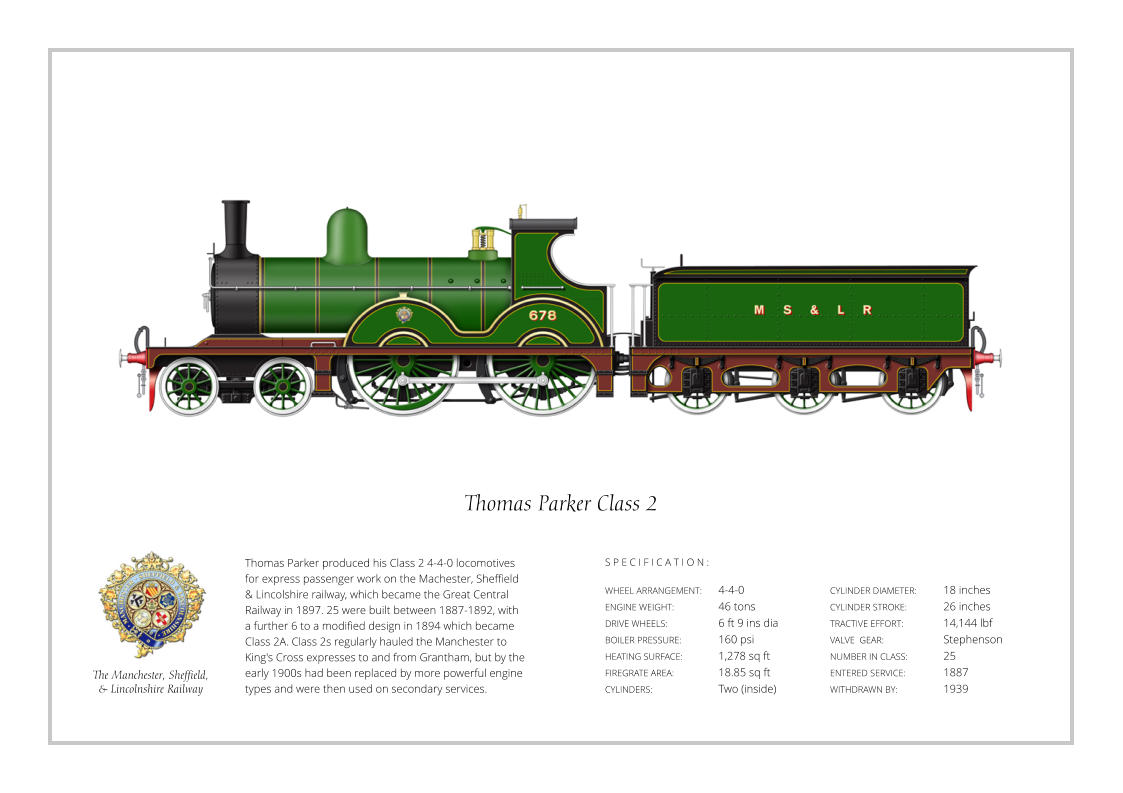
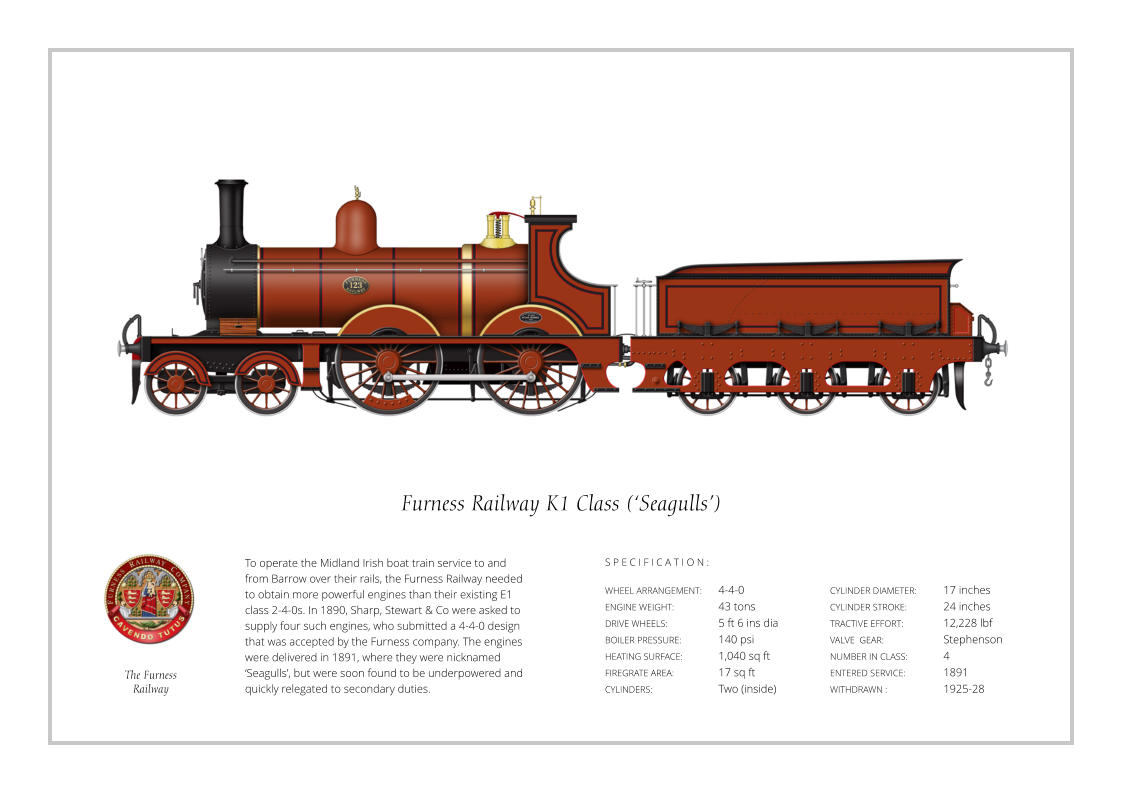
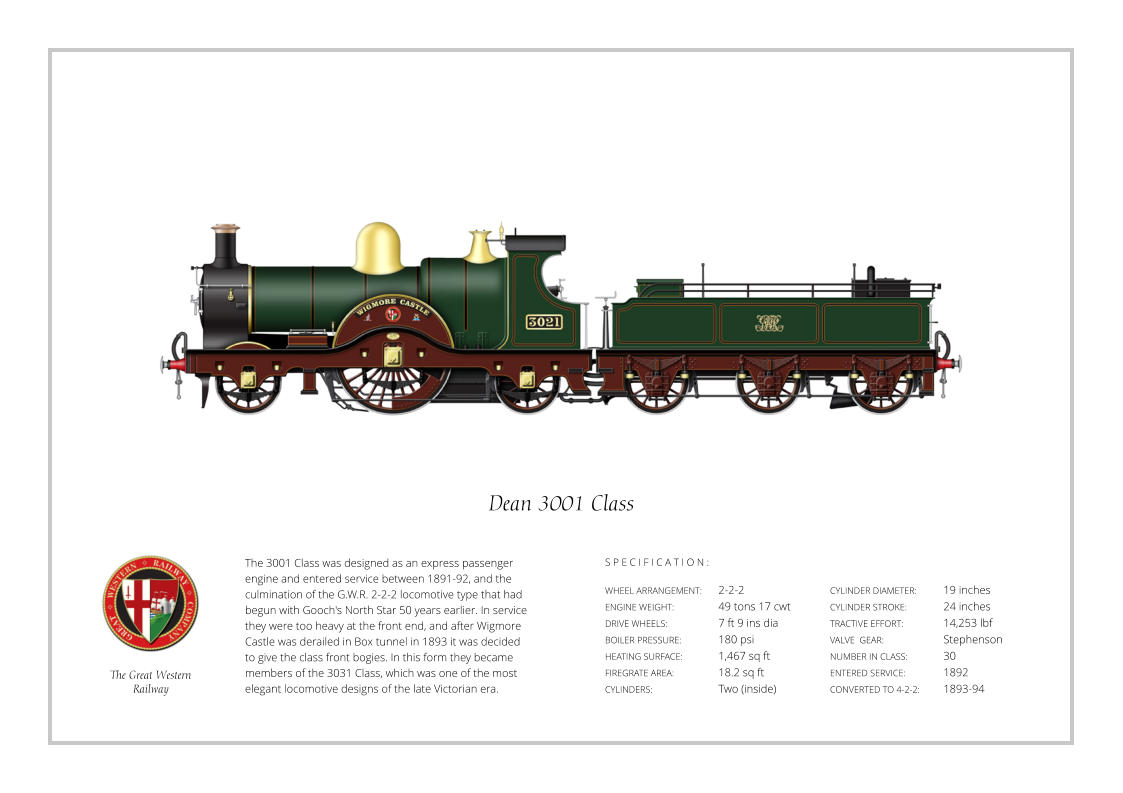
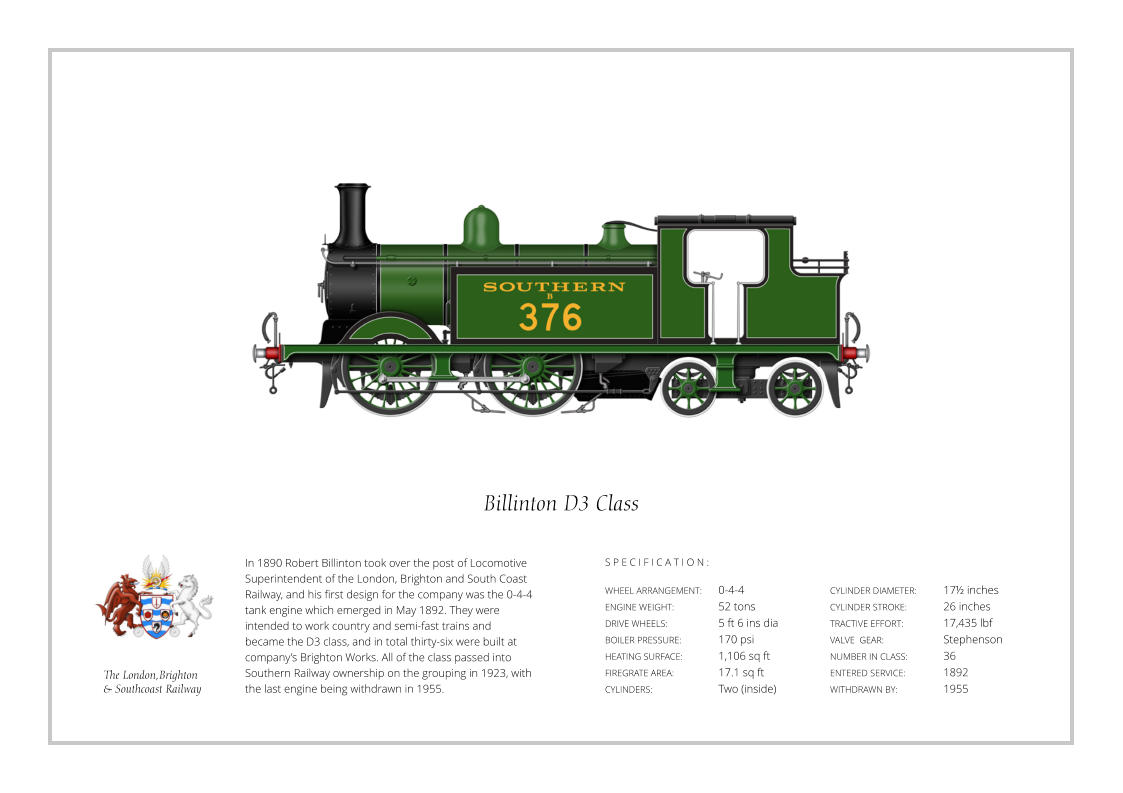
Scroll down to see all the illustrations on the page








Pages







Pages













